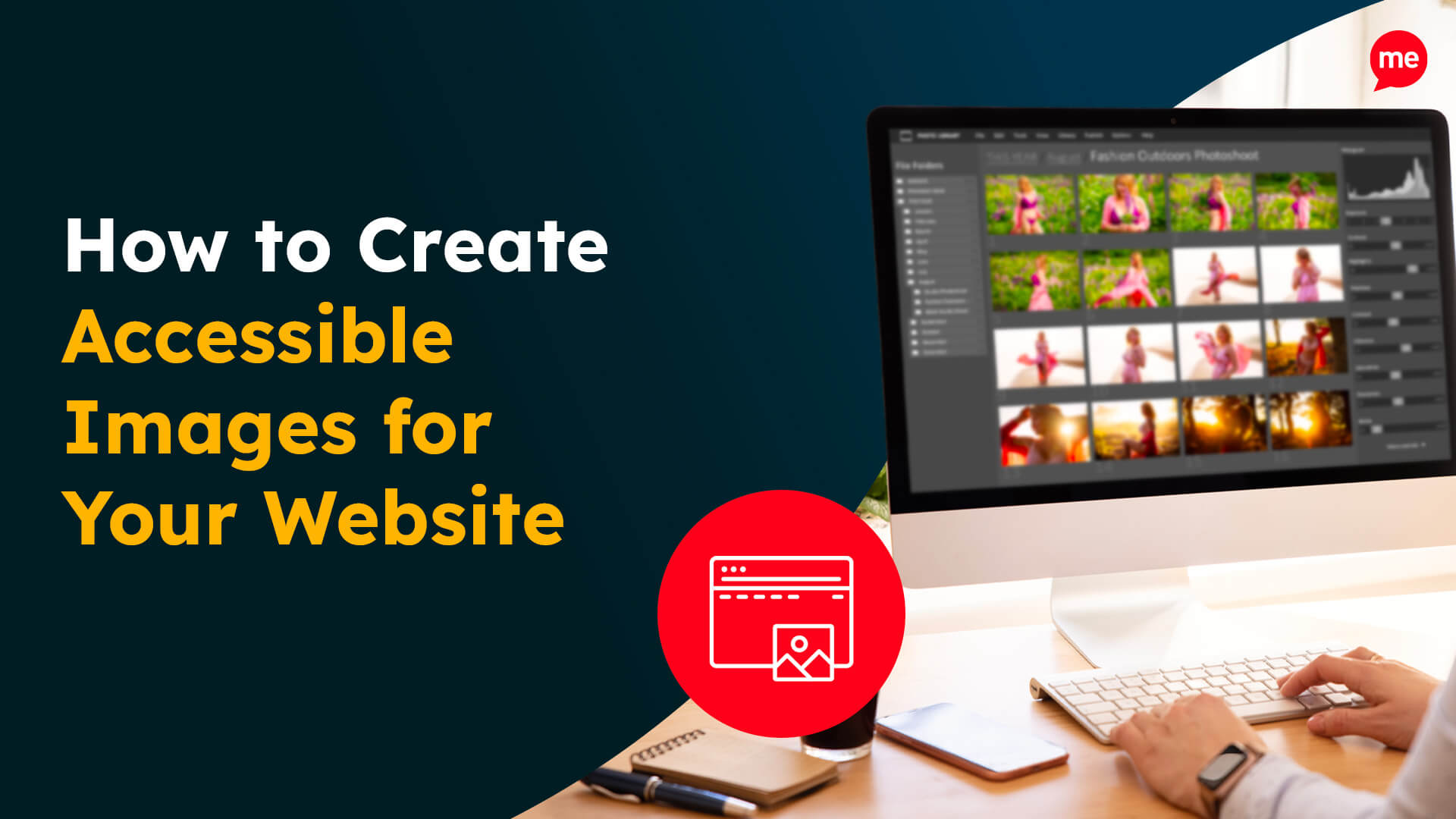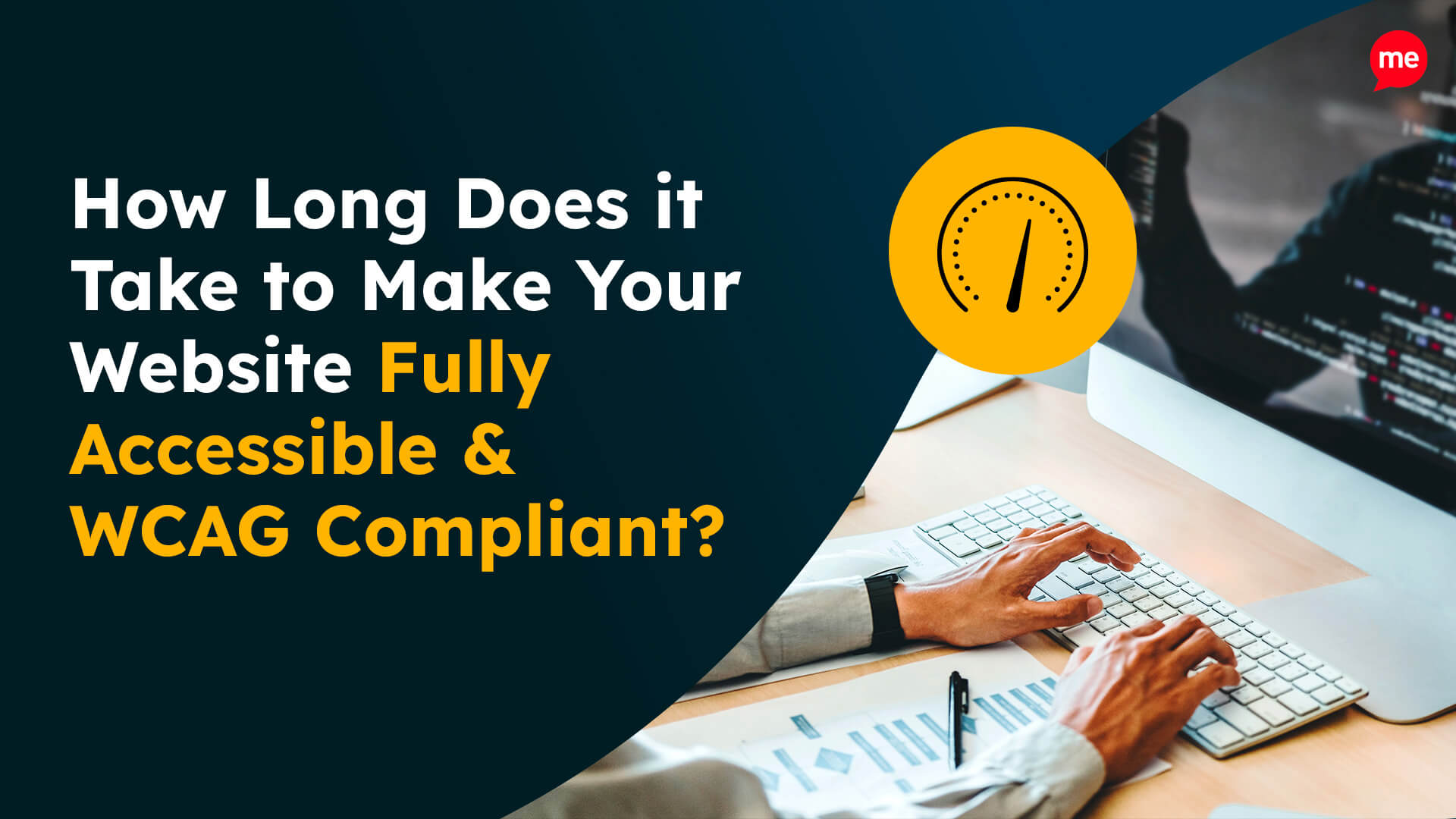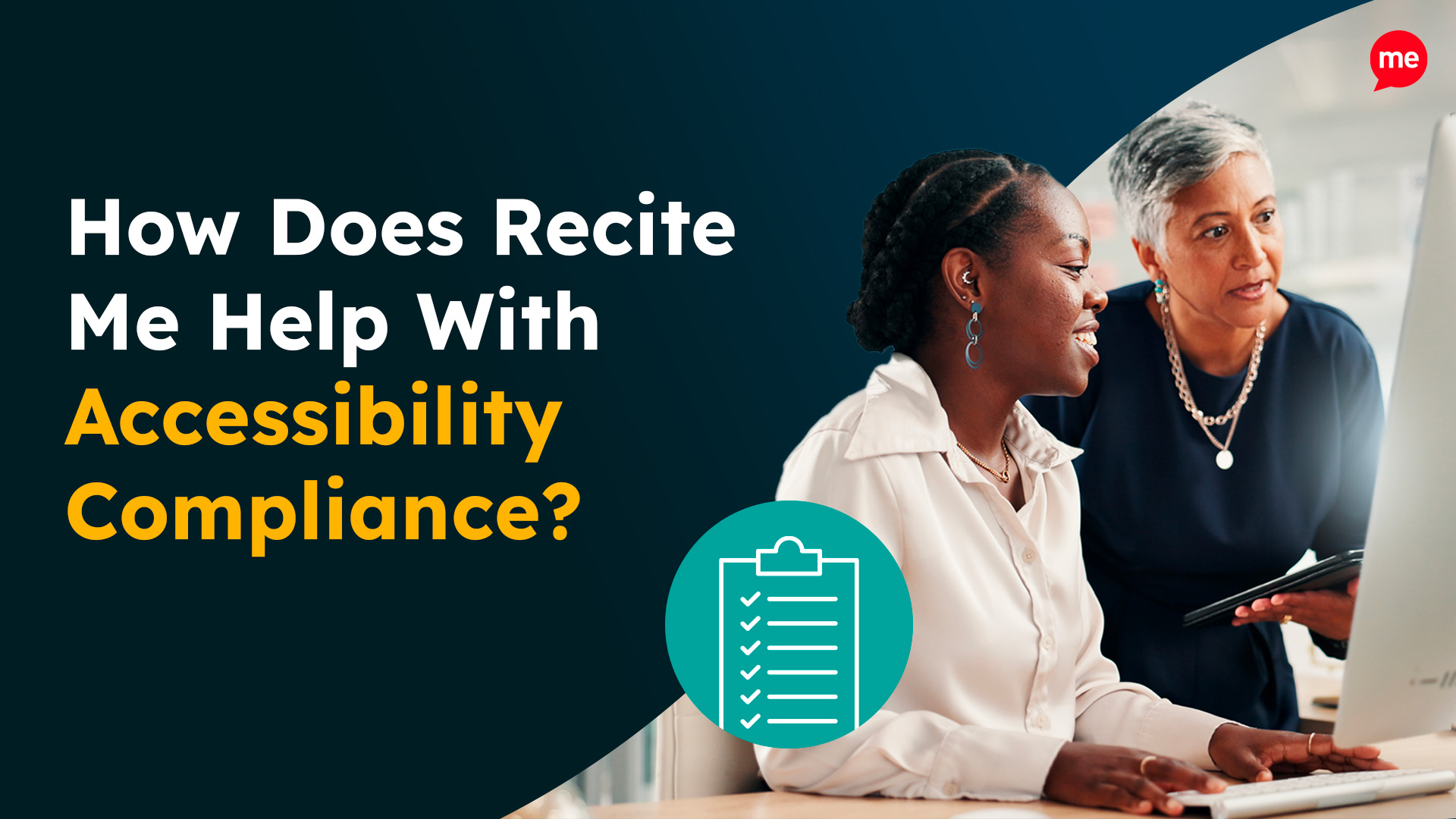As Greek philosopher Heraclitus once famously stated, “the only constant is change”. For most of us, this has never been more apparent than in 2020, which has proved to be a year of monumental change. We’ve witnessed changes in the way we work, changes in the way we socialise, changes in our ability to travel, and changes in how we communicate. Essentially, there has been some element of change in almost every aspect of our previously normal lives and routines.
Some of the biggest and most impactful changes of 2020 involve the internet, as so many of our daily tasks and activities have been pushed from the real world into the digital realm. For some of us this has been a learning curve, and at times frustrating. But for many in our society, it has proved impossible. We tend to think of the world wide web as a place where everyone has instant access to information at all times, but that’s simply not the case. So as International Human Rights Day approaches on December 10th, we’d like to take the opportunity to look at the inequalities that exist online, and why, especially in turbulent times such as these, web accessibility should be considered a basic human right.
Inequality Online
When Sir Tim Berners-Lee invented the world wide web, he envisioned it helping to empower society by making information accessible to everyone, everywhere.
“The power of the Web is in its universality… It is fundamentally designed to work for all people, whatever their hardware, software, language, location, or ability. When the Web meets this goal, it is accessible to people with a diverse range of hearing, movement, sight, and cognitive ability. Thus the impact of disability is radically changed because the Web removes barriers to communication and interaction that many people face in the physical world.”
Sir Tim Berners-Lee
We’ve discussed at length in previous articles the varied groups who face barriers online. In short, whether due to a temporary, lifelong, or age-induced disability, those with learning difficulties, vision deficits, language issues, and cognitive or neurological disorders do not have the tools they need to consume information online as others do. Reasons include:
Not being able to read the text due to font, text size, or text spacing.
Not being able to read the text due to poor colour contrasts between background and foreground.
Not being able to use a mouse or mousepad.
Not being able to focus on the relevant section of text.
Being distracted by graphics and image carousels.
When you stop to consider these factors, it becomes very apparent that the online world is in fact not as universal as it could be, and that when badly designed, websites and applications create barriers that prevent a significant number of people from using them.
The Real Life Impacts of Inaccessible Websites
While the number of examples is almost infinite, you can begin to gain an appreciation of how vulnerable and excluded people can become, especially during lockdowns, by examining just a few key areas of everyday life. Inaccessible websites and apps make it either difficult or impossible for users with access needs to:
Manage finances – If information on online banking websites and applications is not accessible users cannot transfer funds, trade stocks and shares, manage savings and pension plans, or renew expiring credit and debit cards. To add insult to injury, they may not even be able to find details on a local branch for face-to-face assistance.
Shop – Whether it’s doing the weekly grocery shopping, renewing household goods, or buying clothes, toiletries, and other everyday items, inclusive websites are essential to facilitate purchases. Plus, with Christmas just around the corner, inaccessible websites exclude users with access needs from buying gifts for their friends and family.
Pay bills – Imagine the stress of not being able to pay your bills online and becoming fearful of having your heating, water, electric, or phone services cut off, simply because you were unable to use the providers’ websites.
Work – 2020 has seen a significant shift to remote working. Many users struggle here, as the tools and support they need to access company systems remotely are often ill-considered. Even without touching on accessibility factors specifically, 38% of remote employees in 2020 said that the technology they are provided with didn’t operate correctly in a remote setting.
Apply for jobs – Simple processes like registering with a recruitment agency can feel like an insurmountable challenge when websites are not accessible, and the task of completing online applications forms is made almost impossible. Even using job boards or business sites like LinkedIn and Upwork is so much more time consuming for those with access needs.
Learn – During lockdown thousands of students migrated to online learning. But not everyone learns in the same way and it is almost impossible for any stand-alone online learning portal to accommodate for every type of access need. So those facing online barriers risked falling behind in their studies more than others.
Access general information – More than ever before, the internet remains an essential source of information where people can research and compare options, keep updated on global developments, look for local services, and stay in the loop with community issues. All of this is only possible when the relevant websites are accessible, however.
Keep in touch with friends and family – With human contact reduced during COVIS-19, not having access to inclusive websites and apps for communication with loved ones only further marginalises those with disabilities. Even when social gatherings are allowed, this invariably requires booking in advance which involves the use of online forms or using contactless apps that are not feasible to use on inaccessible sites.
This is just a short list of some of the most important variables that govern our lives, and how those with disabilities and varying access needs are at a disadvantage. Between them, these factors determine our capacity to earn an income and keep ourselves fed, housed, warm, and in touch with one another. If that doesn’t constitute a set of basic human rights, we don’t know what does, so it’s incredibly important that more is done to provide all members of society with equal access.
The Recite Me Pledge
Recite Me believes passionately in barrier-free online support for all. So during the COVID-19 pandemic, we have been offering to host a free accessible and inclusive landing page for any business, allowing organisations to share COVID-19 related messages and information with staff and customers. Since we initiated our pledge we have:
Provided pledge pages for over 140 organisations
Supported over 55,000 individual users to access information
Of course, having just one webpage accessible to everyone is not a long term solution, but it’s a good start.
More Change, Please!
While it’s encouraging to see more and more businesses switch on to the concept of inclusion there is still a long way to go, as currently, over 98% of website homepages fail to comply with Web Content Accessibility Guidelines (WCAG).
What’s needed is a shift in thinking. To achieve inclusion, we must change the way we think about the vulnerable and those with disabilities. Just as the United Nations ‘Build Back Better’ strategy seeks to create equal opportunities for all in the physical world by protecting people of vulnerable nations and communities against future disasters and shocks, we must strive to do the same in the online world by making it accessible to all. More than ever, the internet needs to be a place of equal opportunities, and unhindered access should be a right:
Ecommerce companies must increase the value they place on those with access needs. After all, the disability market is worth billions of pounds nationally, and trillions globally.
Service providers should ensure that billing details and customer support options are available to every single subscriber.
Public sector bodies must act to ensure their websites and apps comply with the relevant local and national requirements and laws.
Employers should consider adjustments and additional tools to ensure digital diversity and inclusion in the workplace.
Education organisations must ensure their distance learning and online teaching programs are inclusive of all individual access needs.
In a nutshell, we must all change the way we think about disability, accessibility, and inclusion.
“Accessibility is a fundamental human right. Our intention is to make products that change people’s lives. That make them simpler and easier and better. Not just for some people but for everyone. When you start with that, accessibility just naturally flows into everything you do.”
Sarah Herrlinger, Director of Global Accessibility Policy & Initiatives at Apple
If you’d like more information on how your organization can make a positive change towards inclusion by utilising assistive technology, please contact our team or book a real-time demonstration of our assistive toolbar. Together, we can make a difference and provide everyone with equal opportunities online. You can also check out our WCAG accessibility checker for free.


